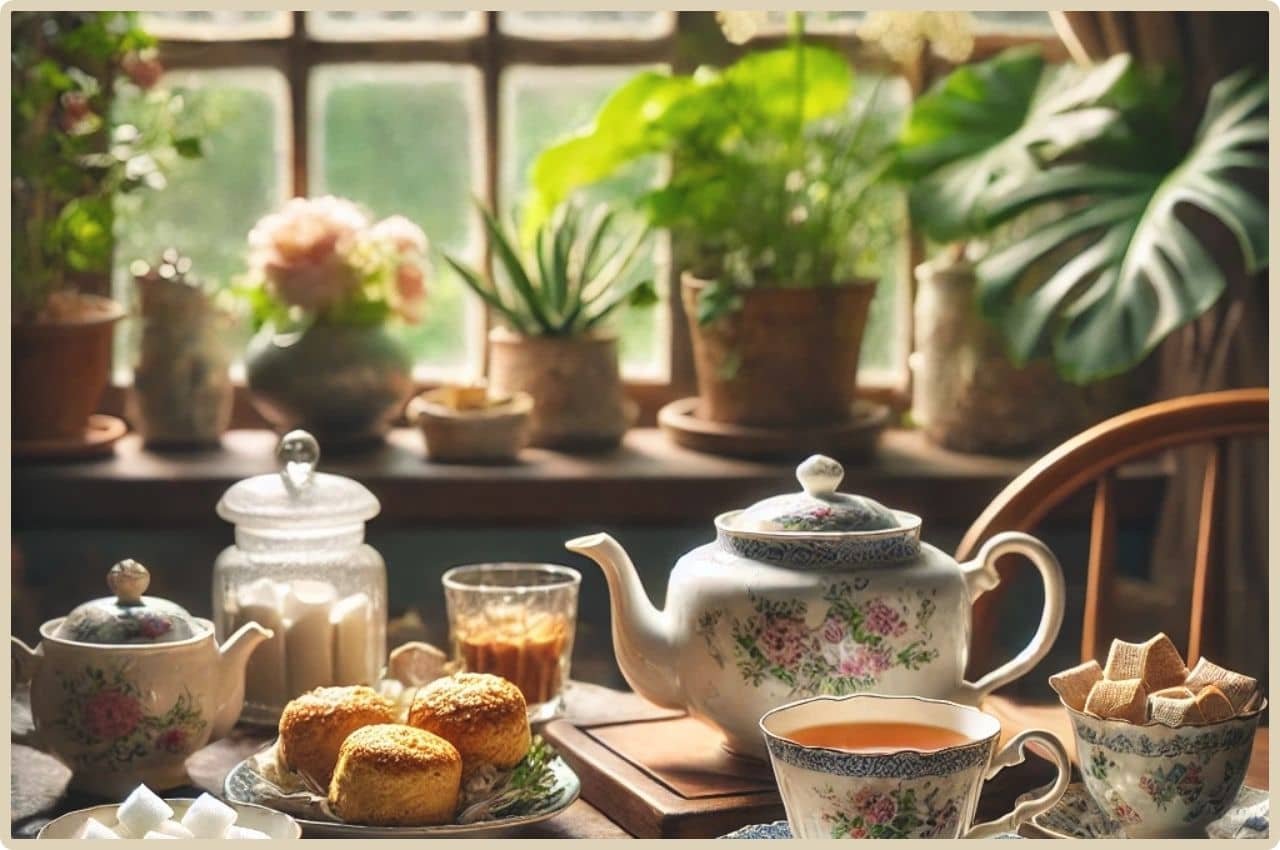Exploring the Fascination with “Spot of Tea NYT”
Introduction: Understanding ‘Spot of Tea’ in the New York Times Crossword
The phrase “Spot of Tea NYT” refers not only to a British cultural idiom but also to a clever clue featured in the New York Times Crossword puzzles. Traditionally, “spot of tea” describes a casual moment where one might enjoy a cup of tea, a cherished ritual in British culture.
However, in the realm of crossword puzzles, this phrase is loaded with a deeper meaning, which puzzle creators use to challenge solvers. For example, it often connects to the idea of “rumour,” playing on the association between tea and gossip, as tea is slang for juicy information or gossip in modern vernacular.
The NYT Crossword: A Cultural and Cognitive Exercise
The New York Times Crossword, a staple for puzzle enthusiasts, has featured the clue “Spot of Tea” multiple times. This clue exemplifies the puzzle’s blend of cultural references and wordplay. Decoding it requires understanding not just the literal meaning but also the social connotations. For instance, over a “spot of tea,” people often exchange stories or rumours, hence why the answer might be “rumour” in certain puzzles. The clue encourages lateral thinking, pushing solvers to think outside the box and engage with the cultural and idiomatic nuances of language.
Why the Clue ‘Spot of Tea’ Leads to ‘Rumor’?
Several aspects explain this seemingly odd connection between “spot of tea” and “rumor.” Firstly, crossword puzzles often rely on wordplay and cultural idioms. The phrase “spill the tea,” popular in recent years, directly ties tea to the concept of gossip. This modern slang association turns what appears to be a straightforward clue into a nuanced puzzle that teases out connections between social rituals and shared information. The New York Times puzzles regularly incorporate such references, demonstrating their clever use of language and cultural knowledge to create multi-layered challenges.
NYT Crossword Solving Tips for ‘Spot of Tea’ and Similar Clues
To successfully decode clues like “Spot of Tea,” it’s essential to employ specific strategies. Here are some useful tips:
- Think Beyond the Literal: The NYT Crossword often uses misdirection. Instead of taking the words at face value, consider figurative meanings and cultural references.
- Leverage Intersecting Clues: Use the answers from nearby clues to narrow down possibilities. Crossword puzzles, especially those like the NYT, are designed so that intersecting words can help guide you to the solution.
- Recognize Question Marks as Hints: A question mark at the end of a clue signals wordplay or a pun. This indicates that the answer might be less direct than expected.
- Familiarize with Recurring Themes: Puzzles often revisit popular cultural themes, so understanding common idioms and expressions can give you a significant advantage.
The Joy and Benefits of Solving NYT Crosswords
Many enthusiasts find the NYT Crossword not only intellectually stimulating but also deeply satisfying. Solving crosswords improves cognitive functions like memory, vocabulary, and problem-solving skills. Moreover, it serves as a stress reliever and a source of joy. The communal aspect of discussing puzzle solutions or solving together with friends enhances the overall experience. For puzzle lovers, tackling clues like “spot of tea” adds a fun and challenging twist to their mental workout.
Conclusion: Embracing the Puzzle’s Complexity
The “Spot of Tea NYT” clue encapsulates the cleverness and cultural awareness that define the New York Times Crossword. It blends historical traditions with modern slang, offering solvers a unique challenge that requires both linguistic knowledge and creative thinking. Whether you’re a crossword veteran or a newcomer, understanding such wordplay deepens your appreciation for these puzzles. So, the next time you come across “spot of tea” in a crossword, think about the layers of meaning behind it—and maybe even share your insights over a real cup of tea!






